The Chinese currency has confidently taken a key place in the Russian foreign exchange market. Banks and issuers are increasingly forced to compete for yuan. As a result, deposit returns reached 3.5–5% per annum. Higher yields are available on yuan bonds — 3.5–8.2% per annum. However, not all issues are equally liquid, which must be taken into account when choosing securities.
Growth bets
< p class="doc__text">Last week, Bank St. Petersburg increased the maximum rate on the Strategist deposit in yuan from 3% to 3.5% per annum. This is not the first revision of the conditions for such deposits by Russian banks. In November-December last year, conditions for deposits of Uralsib, MKB, VTB and MTS Bank improved. As a result, rates on deposits in yuan increased to 3.8–4.5% per annum.
Currently, the maximum return on deposits in yuan, according to the financial platform Banki.ru, is Novikombank — 5% per annum, for a period of three years.
Higher rates are available to investors in the yuan bond market. There are 25 issues of 14 issuers traded on the Moscow Exchange; a year earlier, 17 issues of 10 issuers were available to investors.
The yield on one- to three-year bonds of first- and second-tier issuers is 3.5–8.2% annual, four-five year — 5.8–7% per annum.
Like deposit yields, bond yields have risen markedly in the past year. According to Alexander Ermak, chief debt market analyst at BC Region, the market average increased by 207 basis points, to 5.86% per annum. At the same time, growth occurred unevenly. For example, the yield on Sovcomflot’s three-year bonds increased by only 142 bp. p., to 5.4% per annum, while the yield on four-year Rusal bonds rose by 209 bp. p., up to 6.3% per annum.
Replacement of substitutes
The rise in yields last year was caused by low demand for such securities from investors, who preferred higher-yielding replacement bonds. According to the Central Bank, in mid-July 2023, the yield on the Cbonds index of replacement bonds reached a peak of 10.78% per annum. This was more than double the Cbonds yuan bond index.
Currently, the yield difference between RMB and replacement bonds has narrowed significantly, making such investments more interesting.
According to Cbonds, on January 18, the yield of the replacement bond index was 6.74% per annum, yuan bond index — 5.68% per annum.
It should be taken into account that in the case of replacement bonds, all payments will be made in rubles at the Central Bank exchange rate, while settlements on yuan bonds are carried out in CNY. However, not all issues of yuan securities have high liquidity, which means that if necessary, it will be more difficult to sell them.
According to Alexander Ermak, exchange trading in bonds denominated in yuan at the end of 2023 amounted to about 200 billion rubles.
“The most liquid bonds on the secondary market market with settlements in rubles, steel securities of Norilsk Nickel with maturity in December 2025 and Polyus with maturity in August 2027. At auctions with settlements in yuan, the most liquid were the 11-year issue of Rosneft and the same issue of Polyus,” notes Mr. Ermak.
Waiting for the sovereign
At the same time, replacement bonds have come to replace Eurobonds, and therefore, over time, the number of their issues will decrease. The market for yuan bonds, according to Finam analyst Nikita Borodanov, will develop and in the long term investors will have access to a greater choice of instruments.
“At the moment, the development of the popularity of placements of yuan bonds is stagnating, since the initiative to issue such instruments comes from only a small number of companies, but a further increase in the volume of such borrowings can be expected with an increase in the volume of trade turnover between Russia and China,” notes Mr. Borodanov.
An important trigger for the development of the yuan bond market could be the issue of such securities by the Ministry of Finance.
For the first time, the department announced its intention to place federal loan bonds (OFZ) in yuan in 2015 but never released. We returned to this topic again in 2022 against the backdrop of the closure of the external borrowing market for Russian issuers.
In January 2024, Denis Mamonov, director of the department of public debt and public financial assets of the ministry, said in an interview on YouTube — Cbonds channel that the Ministry of Finance continues to work on the placement of OFZs denominated in yuan — expects support for this initiative from Chinese partners.

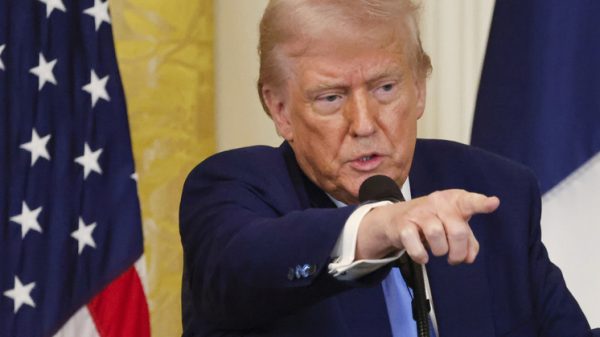
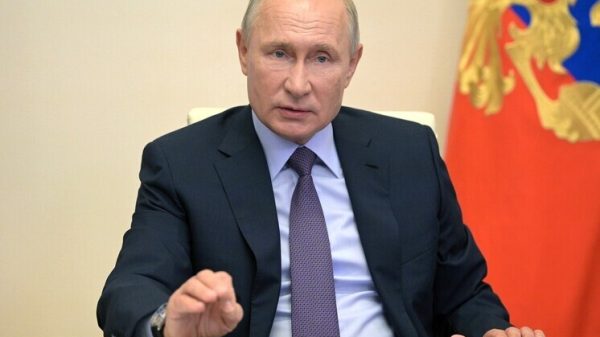

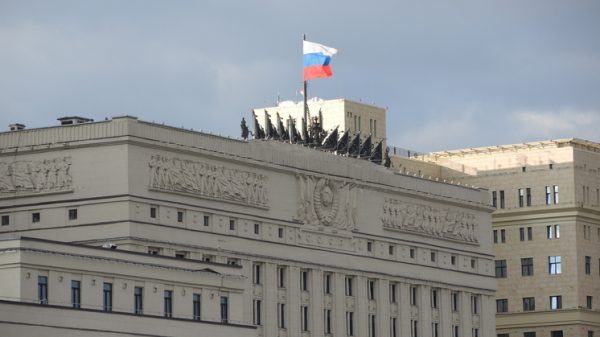






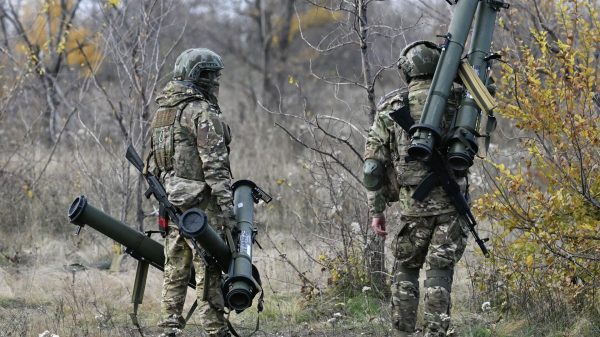









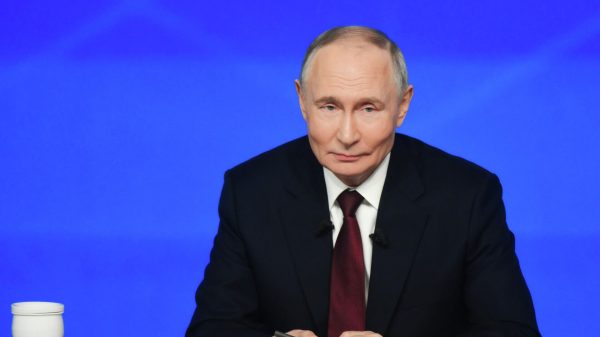


































Свежие комментарии